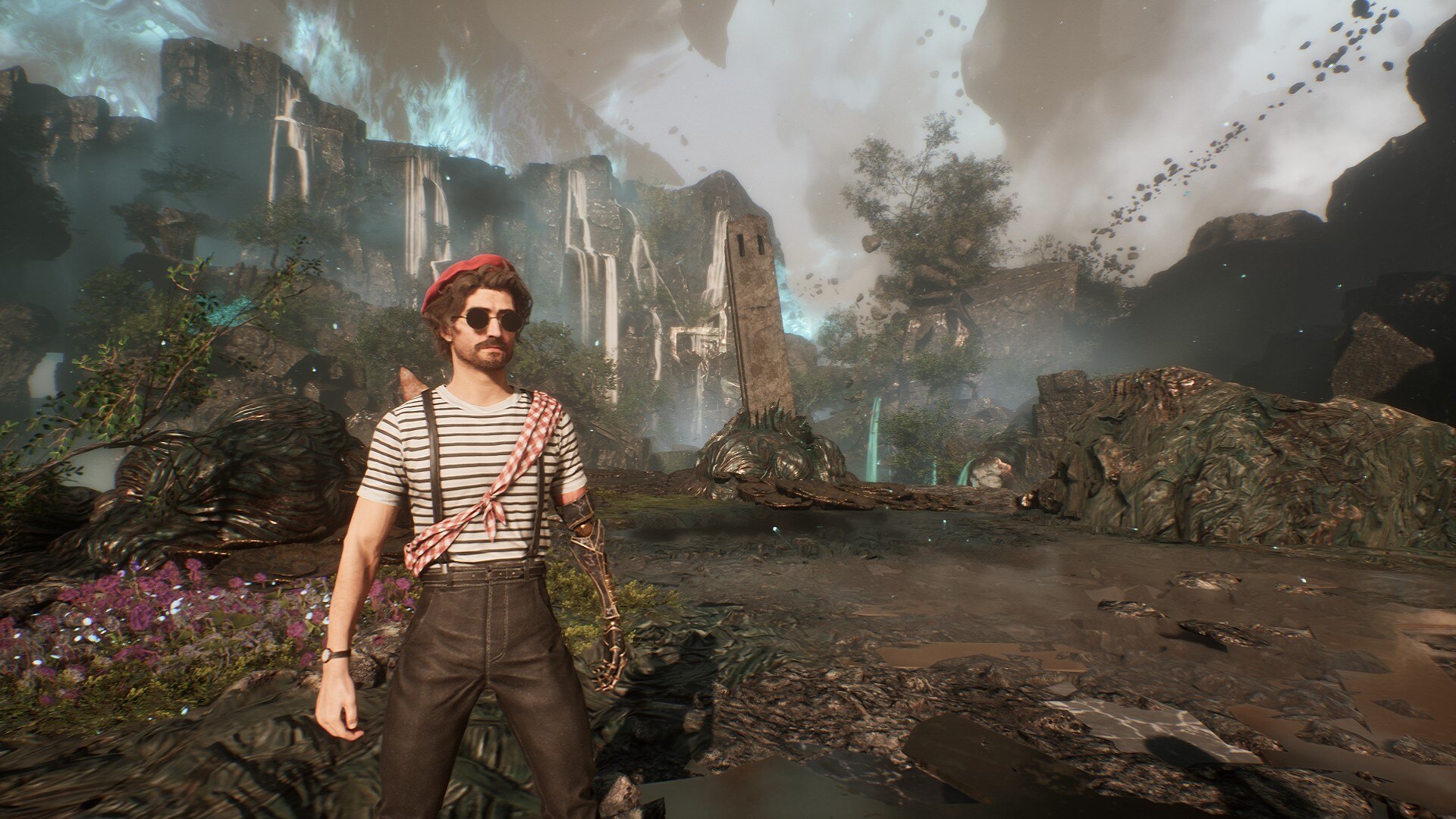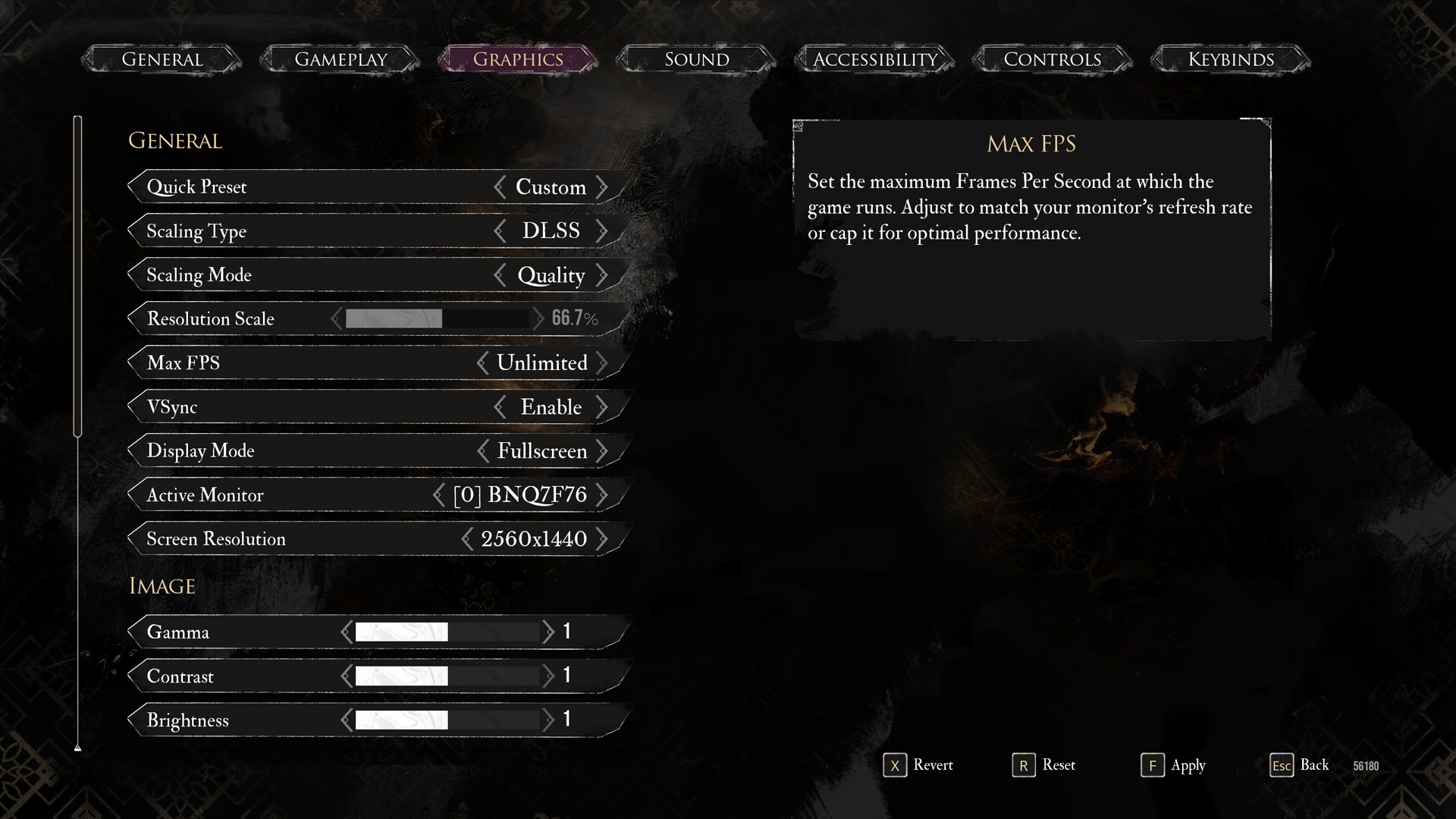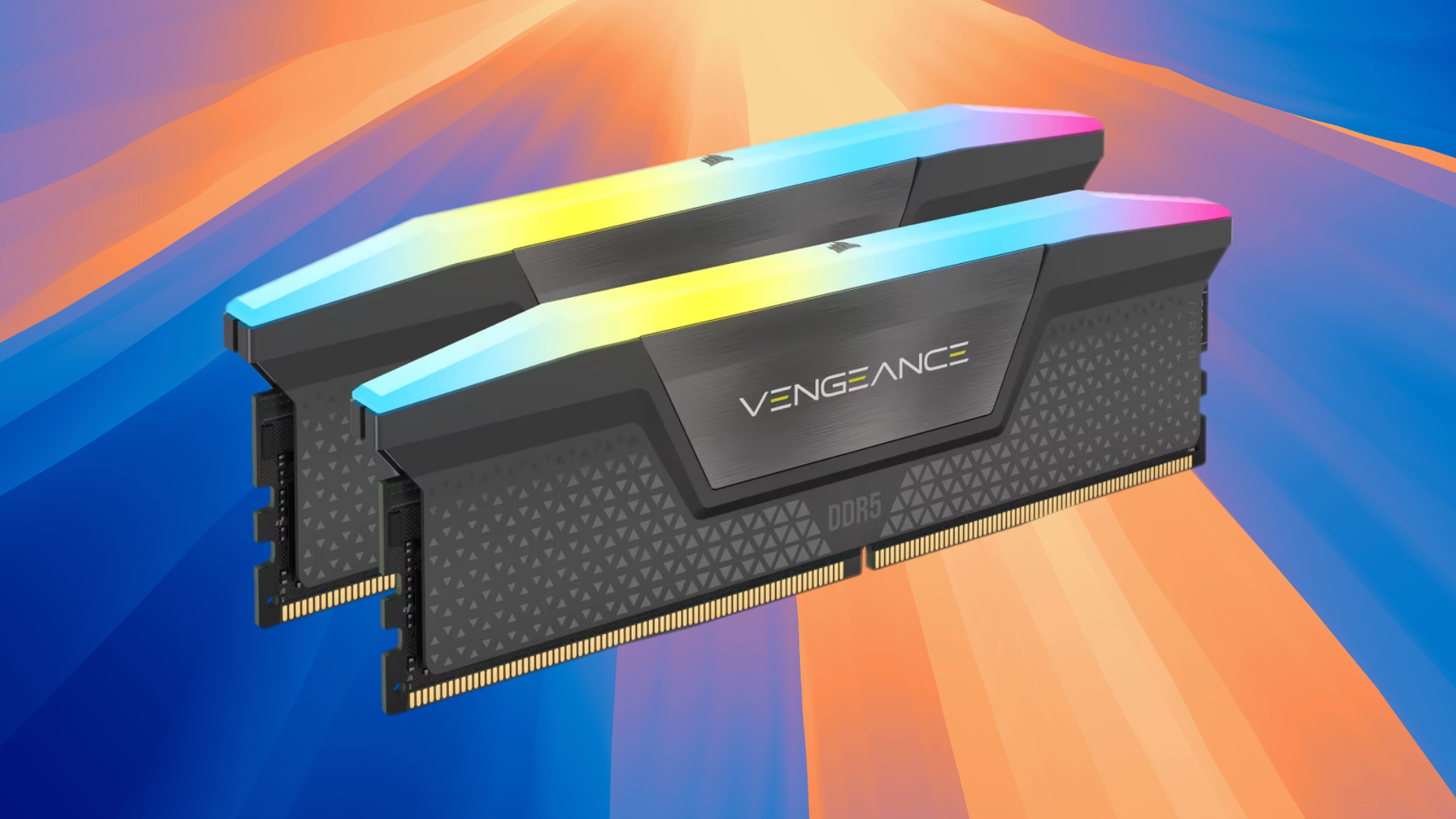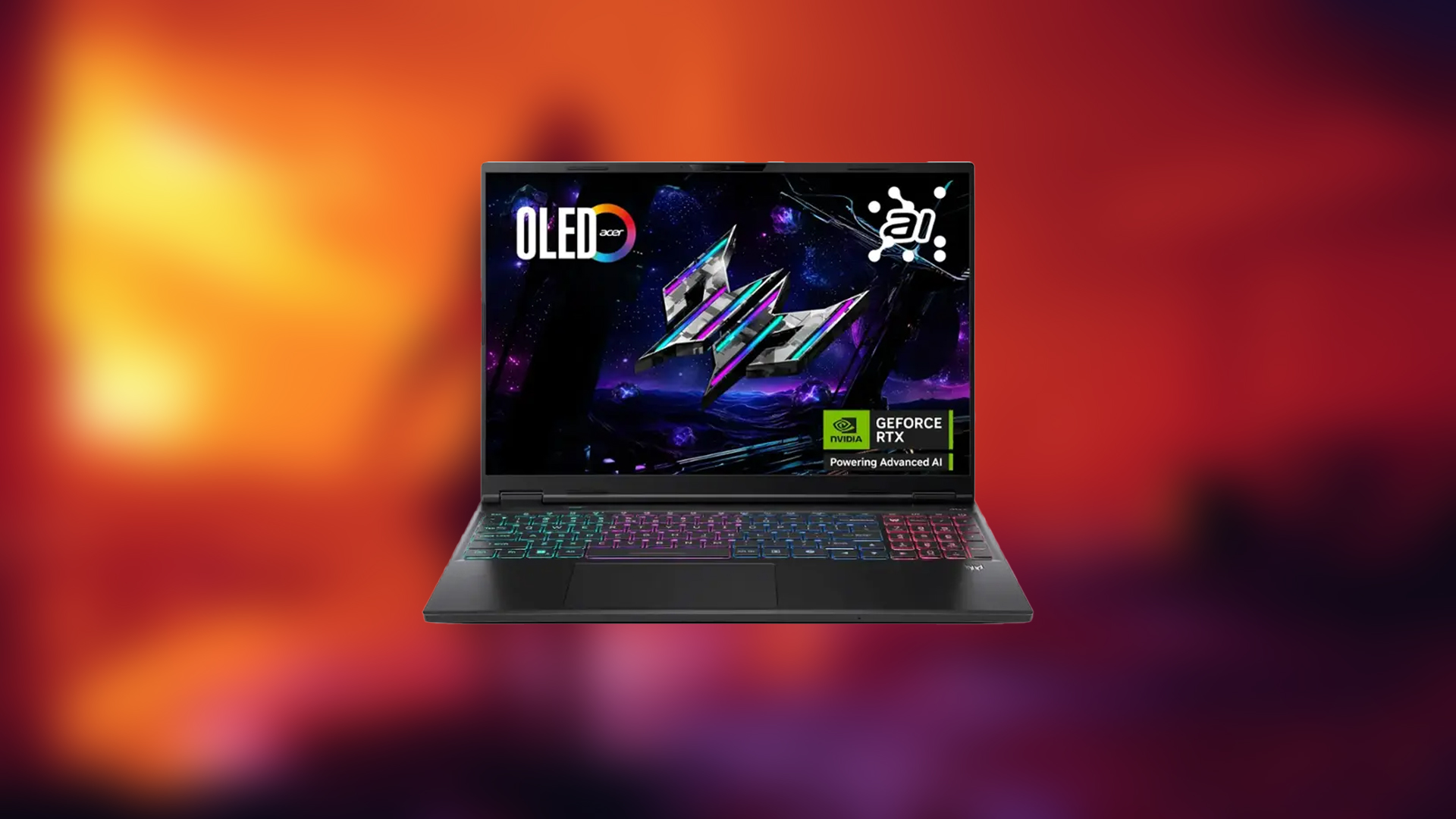Use these settings to get the best performance with your RTX 3060 Ti while playing Clair Obscur Expedition 33.

The 3060 Ti once represented a mighty mid-range offering, delivering raw performance, shading, and decent (RT) capabilities. Gamers had a GPU that was primarily targeted for 1080p resolution but was secretly capable of 1440p. With the dawn of Unreal Engine 5, this has changed, as the performance impact from Lumen and Nanite alone was enough to make these outdated.
Expedition 33 is such a UE 5 title, with incredible storytelling. Gameplay-wise, it inherits all the disadvantages that UE5 brings. Gamers with their 3060 Ti, follow the settings below to enjoy the game.
Note: The 3060 Ti is still a capable card today, and it was so popular that Nvidia had to release a GDDR6X version of it. These settings cater to both models. The 3060 Ti is old now, and modern mainstream CPUs such as the 12400F and Ryzen 5 5600 can easily drive it without bottlenecks.
Best Settings for RTX 3060 Ti in Clair Obscur: Expedition 33 (1080p)

A few keynotes to consider:
- The DLSS Transformer model performs remarkably well in addressing UE5 issues, primarily within the game, such as temporal instabilities and blurriness.
- Expedition 33 has a wide variance in GPU performance. In the open world, the performance dips will be significant, due to the Lumen and Nanite.
- The 3060 Ti’s 8GB VRAM is sufficient to get along, but if you notice the game stuttering, consider lowering textures to medium from the high settings mentioned below.
- Expect an average of 75-80 FPS with these settings across both GDDR6 and GDDR6X models, with 1% lows occasionally dipping into the high 50s in the most demanding scenes.
- For even higher FPS, set DLSS to Balanced or reduce Shadows and Global Illumination to Low.
- Traversal stutter is present but less severe than in other UE5 games. Lossless scaling can help with its frame generation, but your mileage may vary.
- Monitor your frame times and 1% lows using Afterburner or Nvidia Overlay for further tweaking.
- DLAA is available for those who want the best image quality, running the game at native resolution, but expect a 5-10% performance hit vs TSR.
Best Settings Explored
| Setting | RTX 3060 Ti (12 GB) |
| Display Mode | Fullscreen |
| Resolution | 1920×1080 |
| VSync | Enable (Optional) |
| Max FPS | Unlimited |
| Scaling Type | DLSS |
| Scaling Mode | Quality |
| Resolution Scale | 66.7% |
| Anti-Aliasing | High |
| Shadows | Medium |
| Global Illumination | Medium |
| Reflection | Medium |
| Post-Processing | Medium |
| Texture | High |
| Visual Effects | Medium |
| Foliage | Low |
| Shading | High |
| Motion Blur | Optional |
| Film Grain | Optional |
| Chromatic Aberration | Optional |
| Vignette | Optional |
This concludes the recommendation for the 3060 Ti. The only drawback of this card is its 8GB capacity; the rest of the core is competent, and the RT performance is acceptable for 1080p resolution. It even supports DLSS 4, just not the Frame Generation part. Overall, gamers can use these settings as a starting point and customize them further to their liking.
Looking For More Related to Tech?
We provide the latest news and “How To’s” for Tech content. Meanwhile, you can check out the following articles related to PC GPUs, CPU and GPU comparisons, mobile phones, and more:
- 5 Best Air Coolers for CPUs in 2025
- ASUS TUF Gaming F16 Release Date, Specifications, Price, and More
- iPhone 16e vs iPhone SE (3rd Gen): Which One To Buy in 2025?
- Powerbeats Pro 2 vs AirPods Pro 2: Which One To Get in 2025
- RTX 5070 Ti vs. RTX 4070 Super: Specs, Price and More Compared
- Windows 11: How To Disable Lock Screen Widgets
 Reddit
Reddit
 Email
Email


